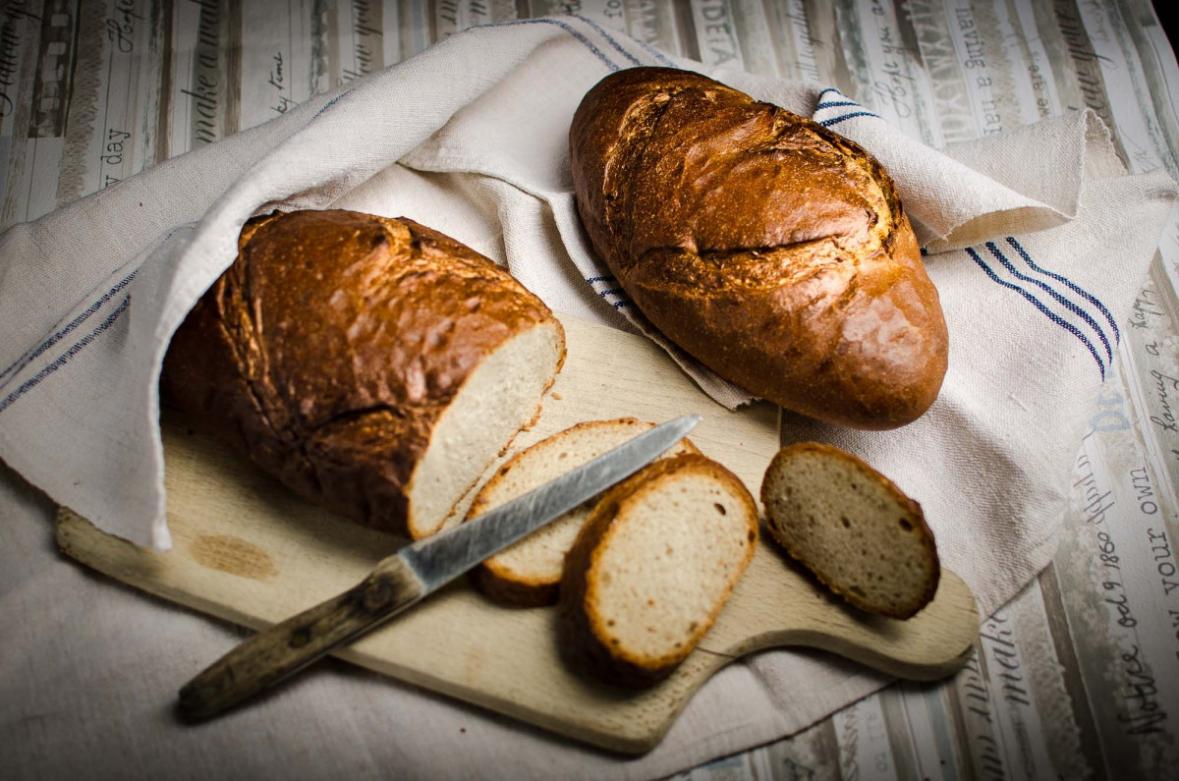What Are the Best Tips for Creating a Signature Pie Crust?
A perfect pie crust is the foundation of a delicious pie. It provides a flaky, buttery, and flavorful base that complements the filling and enhances the overall eating experience. Creating a signature pie crust requires careful attention to detail, the right ingredients, and a mastery of technique. In this article, we will explore the essential tips and techniques for crafting a truly exceptional pie crust.

Choosing The Right Ingredients
The quality of your ingredients plays a crucial role in the success of your pie crust. Start with high-quality all-purpose flour, which provides a good balance of gluten and starch for a tender and flaky crust. You can also experiment with different types of flour, such as bread flour for a sturdier crust or pastry flour for a more delicate crust.
Butter is another key ingredient in a signature pie crust. Use unsalted butter and make sure it is cold before using. The cold butter will help create pockets of steam during baking, resulting in a flaky crust.
Ice water is essential for creating a flaky crust. The cold water prevents the gluten in the flour from developing too much, which would result in a tough crust. Add the ice water gradually until the dough just comes together.
Mastering The Technique

The technique you use to make your pie crust is just as important as the ingredients. Here's a step-by-step guide to help you create a perfect pie crust:
- Cut the butter into the flour: Use a pastry cutter or two forks to cut the cold butter into the flour until it resembles small, pea-sized pieces.
- Add the ice water: Gradually add ice water to the flour and butter mixture, stirring until the dough just comes together. Avoid overworking the dough, as this can result in a tough crust.
- Roll out the dough: Place the dough on a lightly floured surface and roll it out into a circle about 1/8-inch thick. Be sure to roll the dough evenly to prevent uneven baking.
- Chill the dough: Wrap the dough in plastic wrap and refrigerate it for at least 30 minutes before using. This will help the dough firm up and make it easier to work with.
Troubleshooting Common Problems
Even experienced bakers may encounter problems when making pie crust. Here are some common issues and how to troubleshoot them:
- Dough that is too dry: Add a small amount of ice water until the dough comes together.
- Dough that is too wet: Add more flour until the dough is no longer sticky.
- Crust that is tough: Make sure to use cold butter and ice water. Overworking the dough can also result in a tough crust.
- Crust that is too brown: Reduce the baking temperature or cover the edges of the crust with foil.
Creative Variations
Once you've mastered the basics of making a signature pie crust, you can start experimenting with different variations to create unique and flavorful crusts. Here are a few ideas:
- Add herbs and spices: Incorporate flavors like rosemary, thyme, or garlic powder into the dough for a savory crust.
- Use colored dough: Add natural food coloring or cocoa powder to the dough to create a colorful crust.
- Create decorative designs: Use cookie cutters or a fork to create intricate patterns on the crust before baking.
Creating a signature pie crust is a rewarding experience that can elevate your pies to the next level. By choosing the right ingredients, mastering the technique, and experimenting with creative variations, you can create a crust that is both delicious and visually appealing. So, grab your apron and start baking your own signature pie crusts today!
YesNo

Leave a Reply